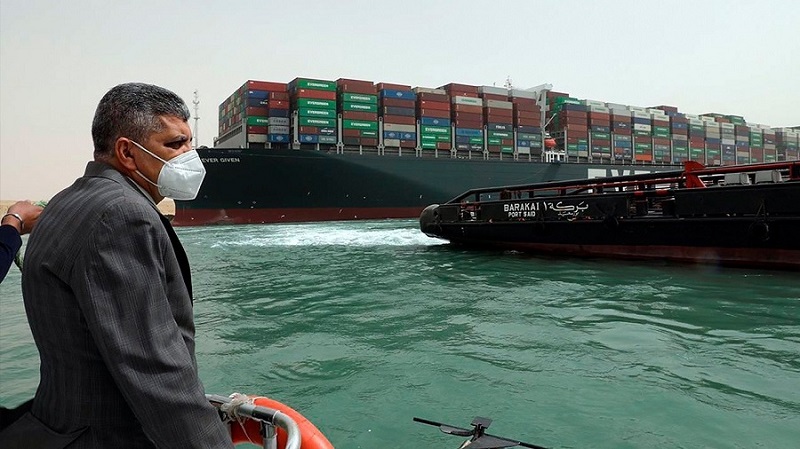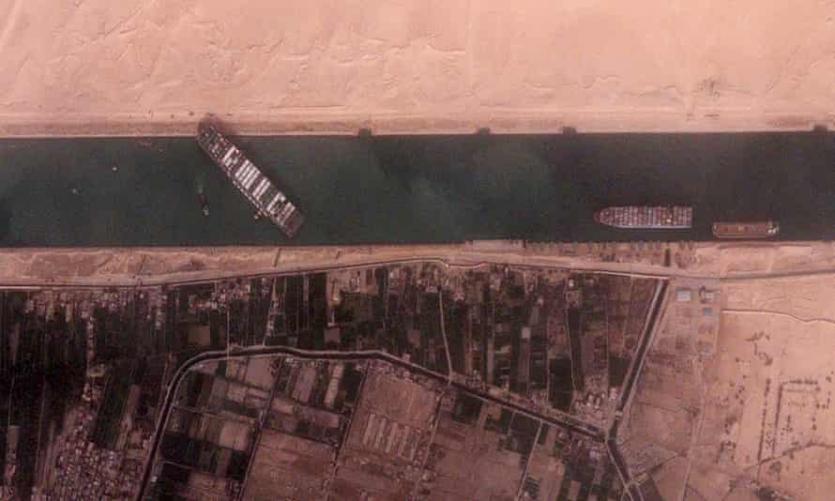The Ever Given container ship remains stuck in a single-lane, older section of the Suez canal. Photo:Reuters
By Patryk Krych | The World Daily | MARCH 26th 2021
The Suez Canal, a busy, important and very tight trade route between the Eastern and Western world found in Egypt, has been blocked by the presence of a giant container ship for more than three days now.
The Suez Canal – a canal dug out through Egypt for the purpose of easing the process of trade between the West and the East has always been an important and therefore busy shipping route. If not for this route, the majority of container ships would need to go around the entirety of the continent of Africa, losing days that can be saved via a trip through the canal.
The blockage of such a busy route can lead to severe setbacks in global trade, given that about 12% of global trade passes through the Suez Canal. When one ship is wedged, then all of the awaiting ships behind it will inevitably end up stuck as well, unable to move forwards or backwards. Since the incident, oil prices on international markets had begun to climb.
The 200,000-tonne wedged ship is called the Ever Given, and belongs to the Taiwanese Evergreen Marine shipping company. It’s about 400 metres in length and 59 metres wide, stuck in a sideways manner that prevents the other vessels behind it from moving forward.

More than 50 vessels travel through the 300-foot-wide, man-made waterway every day
Bernhard Schulte Shipmanagement (BSM), the company who manage the wedged container ship, have released a statement that their “immediate priorities are to safely re-float the vessel and for marine traffic in the Suez Canal to safely resume.”
BSM had also denied supposed reports that the vessel had already been partially refloated, with experts warning that such a process may take several more days. This means that the canal will not be able to operate as usual for this time, and will most certainly have numerous economic effects in the meantime.
At its narrowest point, the Suez Canal is only 300 metres wide – a point that has caused many to share in the opinion that the occurrence of a blockage should be of no surprise, being an accident waiting to happen. BSN added that as of this moment, nine tugboats are available for the operation of clearing the ship from the waterway, but it’s a slow-going and difficult process in such a tight space.






